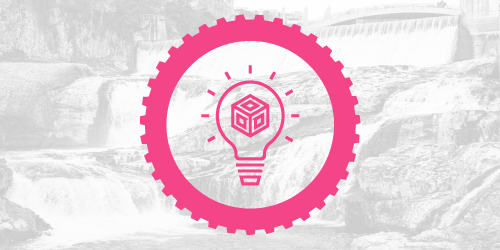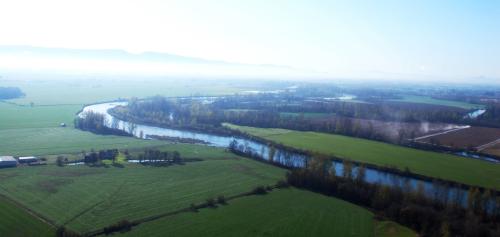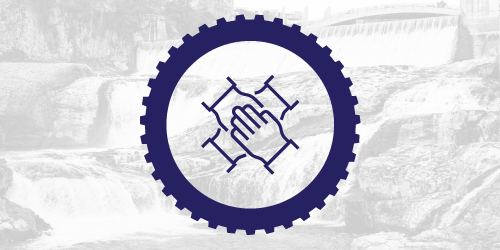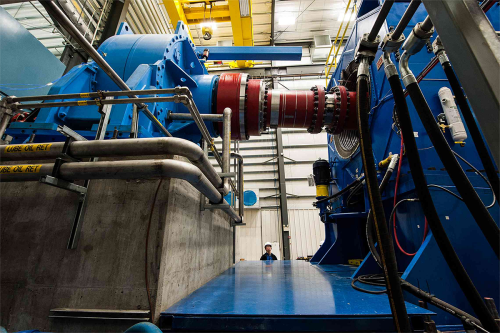
Improving Fish Passage for Eel, Shad, and Herring
Improving fish passage is key to supporting certain migratory fish populations and minimizing the environmental impacts of hydropower facilities. The National Oceanic and Atmospheric Administration (NOAA) and Federal Energy Regulatory Commission (FERC) worked with Duke Energy to implement new fish passage technologies at hydropower facilities in North Carolina, during the relicensing process for the Yadkin-PeeDee Hydroelectric Project.
The new fish passage options were tailored to support American eel, American shad, and blueback herring—species that have experienced population declines in part due to habitat loss. A custom, stainless-steel eelway was added at Blewett Falls Dam, along with an “attraction flow”—a stream of water containing the scent of eels in the eelway—to draw eels towards the entrance of the passage. To support other fish species, inflatable gates were installed across the dam to better control water spill during fish migratory season and a new notch was cut in the dam to support downstream fish passage. In total, these new fish passage technologies have restored access to over one thousand miles of additional habitat in the watershed for eel, shad, and herring.
Learn more from NOAA.




